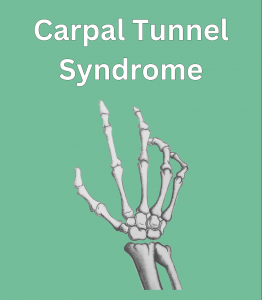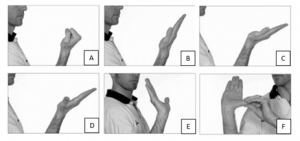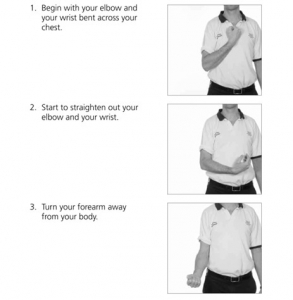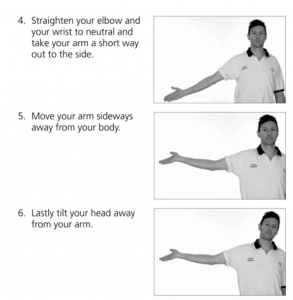Edited by Consultant Neurosurgeon Mr Al-Mahfoudh and Spinal Clinical Nurse Specialist J. Nowak
Edited in 05/2023
Following your recent investigations and consultation with your spinal surgeon, you have been diagnosed with carpal tunnel syndrome.
The carpal tunnel is made up of the bones in your wrist and a ligament which runs across the base of your palm. Several tendons and your ‘median nerve’ run through the tunnel to supply movement and sensation to your fingers.
Symptoms occur when the nerve becomes compressed ‘pinched’ by pressure within the tunnel. The reason is usually unknown, but possible causes can include: swelling of the lining of the tendons, joint dislocation, fractures or arthritis. Fluid retention during pregnancy can also sometimes cause swelling in the tunnel. Symptoms are made worse by keeping the wrist bend for long periods of time.
Symptoms include numbness, tingling, and/or pain in the arm, hand and/or fingers of the affected side. The symptoms are more often felt during the night, but may be noticed during the day when wrist is bend for long periods of time. You may have noticed a weaker grip, or clumsiness when using your hand. In severe cases sensation may be permanently lost and the muscles at the base of the thumb may reduce in size.
Your surgeon may do a test such as tapping along the line of the nerve or bending your wrist to see if your symptoms are brought on. You may also be sent for nerve conduction studies to give an accurate measure of the degree of pressure that is affecting the nerve.

Treatment
You may be given a splint to wear at night to prevent you from bending your wrist and compressing the nerve. Your therapist may advise you on how to position your hand when using it for prolonged activities at work or may give you some gentle exercises to do. Anti-inflammatory medication taken orally or injected into the carpal tunnel may also relieve symptoms.
About the procedure
When symptoms are severe or do not improve with the above, surgery may be needed to make more room for the nerve. A Carpal Tunnel Release/Decompression is a simple procedure involving releasing the ligament that forms the top of the tunnel on the palm side of the hand, therefore easing the pressure on the nerve.
EXERCISES
Repeat all exercises 2-3 times per day.
Exercise A – Tendon gliding exercise

Go through the sequence of finger positions:
- Straight
- Hook
- Duck
- Straight Fist
- Full Fist
Repeat 10 times. Make sure each movement flows into the next movement.
jjhkh
jhjkh
Exercise B – Median nerve gliding number 1

- Wrist in neutral position, fingers and thumb is bent
- Wrist and thumb in neutral, fingers extended
- Wrist and fingers extended, thumb in neutral
- Wrist, fingers and thumb extended
- As position D but turn forearm away from body
- As position E with gentle stretch to thumb
Repeat the above 3-5 times. Do the movements slowly.
Do not stay in position F for any length of time. Stop and return to position A if you feel a strong pull at any stage.
l;jkl;j
;jkljlk
Exercise C – Median nerve gliding exercise 2


l;jkl;j
;jkljlk
After 2-3 weeks the following exercise might be started:
Exercise D
Gently squeeze rolled socks or a soft ball in your hand to improve your grip strength.
Repeat this exercise through the day.
Exercise E
Massage the scar firmly (with or without simple moisturiser) 4 times a day for about 1-2minutes.
nj,
hjk
Repeat the above exercise 3-5 times. Do the movements slowly. Do not stay in position 6 for any length of time. Stop and return to position 1 if you feel a strong pull in your arm at any time.
Information in this leaflet is based on research and revised by Clinical Specialist Physiotherapist Anne Alexander on behalf of Oxford University Hospitals NHS Trust. Edited by Consultant Neurosurgeon Mr Rafid Al-Mahfoudh and Spinal Clinical Nurse Specialist Justyna Nowak with permission from Hand Therapy Team Lead at Nuffield Orthopaedic Centre to be used at the Nuffield Brighton Hospital
